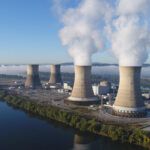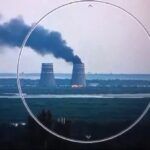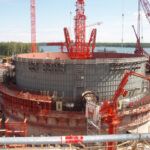Contamination and community support in the aftermath of the Fukushima disaster
By K. Itonaga | July 1, 2014
The Japanese village of Iitate received some of the highest radiation exposures resulting from the disaster at the Fukushima Daiichi Nuclear Power Station, particularly on March 15, 2011. Iitate, which had previously been a model eco-village, is still heavily contaminated. The village’s abundance of forested area not only makes decontamination difficult but may also cause re-contamination of areas after they are cleaned up. Before the accident, many households in Iitate had multiple generations living under one roof, but many families were forced to split up when they evacuated. Villagers are now living in dispersed housing or in temporary units constructed after the accident. Many villagers, particularly young families, have given up hope of returning to Iitate anytime soon. It will take decades for the radioactivity to naturally decay. In the meantime, the author proposes creating new settlements so that villagers can rebuild their lives and sense of community while retaining the right to return to Iitate. Villages torn apart by tsunami damage are being allowed to move to higher ground as entire communities; the author argues that Iitate and other villages devastated by radiation should have similar rights.
Together, we make the world safer.
The Bulletin elevates expert voices above the noise. But as an independent nonprofit organization, our operations depend on the support of readers like you. Help us continue to deliver quality journalism that holds leaders accountable. Your support of our work at any level is important. In return, we promise our coverage will be understandable, influential, vigilant, solution-oriented, and fair-minded. Together we can make a difference.
Issue: Bulletin of the Atomic Scientists Volume 70 Issue 4
Keywords: Fukushima, Iitate Village, contamination, evacuation, radioactive, right of refuge, right of return
Topics: Nuclear Energy















